Confidential Client
Building 6
Referencing the forest campsite to reinforce team-centric workplace
Driven by a core mission to enhance public health and save lives through transformative cancer therapies, this global biotechnology giant looked to its Pacific Northwest headquarters campus to deploy a new workplace model that emphasizes equity, inclusion, and outreach.
Adapting an existing building shell, the unique, natural setting for Building 6 consists of a riparian zone with open spaces and a loosely connected series of buildings bordered by vast, mature evergreen forest. Adopting this local ecology and maximizing the concept of a forest skyline, the project brings the spirit of the Pacific Northwest ecosystem into the interior architecture, resulting in an environment characteristic of an urban campsite – a seemingly infinite space where traditional boundaries between inside and out are blurred. Carefully connecting interior spaces to a new exterior plaza, the design continuously reinforces this idea of breaking boundaries; opening sight lines between laboratory and office areas; equalizing access to natural light; and encouraging a more informal, comfortable work environment reminiscent of home.
Diving deeper into the urban campsite concept, the architecture carefully considers walking through the forest among large, erratic boulders carried by glacial ice and deposited into the landscape – a common activity in the Pacific Northwest. The interior design replicates the character of this regional experience with rooms floated in the center of the high-volume open office. Each room is surfaced in highly absorbent acoustical material, lending a sense of quiet and drama to users passing through the space.
As an organization committed to saving lives, maximizing health and wellness is critical to the overarching design. Serving as partitions between desk areas, oxygenating plants create an inviting and nature-inspired interior environment while enhancing overall air quality. Biophilic design elements – including a carpet selection inspired by the forest floor and a lighted ceiling structure that replicates the forest understory – work collectively to create a calm and tranquil environment expressive of the natural outdoors.
Old hierarchies around windows and natural light are flattened in the design response. Open office areas have access to daylight and views – with private offices using glass partitions to allow both light and view. This is a reversal of the previous culture and organizational design standards, reflecting a purposeful attempt to recognize the importance of a corporate environment that acknowledges individual contributions and provides equal access to workplace resources.
Further echoing these cultural concepts of equity and inclusion, the design for community is expressed in gathering areas of all scales throughout the space. Small niches at the building entry allow for immediate collaboration in an inviting, upholstered setting. The scientific zones of the building are opened via glass partitions to the rest of the spaces, with a deep perch along the windows for people to do individual work and use the glass as an idea board. Lounges anchor the far east and west ends of the design, conveniently connecting exterior amenities.
Coming full circle and drawing inspiration from the evergreen tree line, the design incorporates a unique graphic feature along the wall between science and non-science work areas. The wall is covered in an acoustical fabric bearing a custom-printed graphic interpreting the forest landscape. This is a constant reference point within the overarching design, providing orientation and acting as a bookend to the tree-line views through the windows. Completing this view with an interior element of this scale responds to the grandeur of the site and creates a meaningful reference point for employees and visitors.













